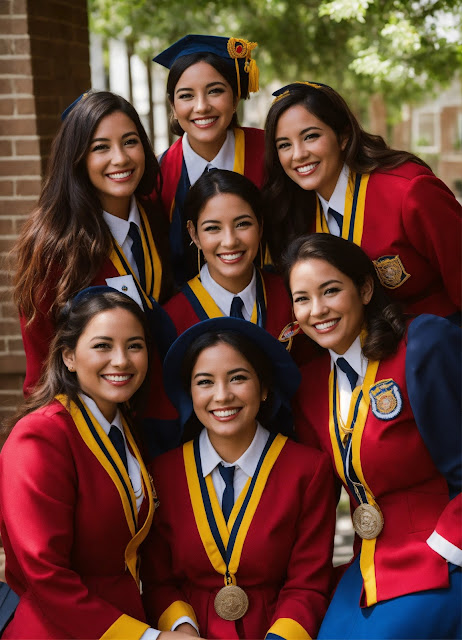The American West and Midwest lead the U.S. with the highest student-to-school counselor ratios, according to an Axios review of federal data. These regions also have high rates of racial resegregation over the past 30 years.
### Importance
Experts indicate that the lack of school counselors affects students of color disproportionately, particularly in seeking mental health support or college application advice in a post-affirmative action environment. Concurrently, the shortage is exacerbated by a rise in social media bullying and school shootings.
### Current Situation
An analysis by the American School Counselor Association (ASCA) of federal data reveals that Arizona, which has a large Latino and Native American population, had the nation's worst student-to-counselor ratio at 667-to-1 for the 2022-2023 school year, far exceeding the ASCA-recommended ratio of 250. Michigan follows with a ratio of 598, then Minnesota (544), Indiana (519), and Illinois (501). The national average stands at 385. Vermont (177) and New Hampshire (199) hold the lowest ratios, attributed to their smaller, predominantly white student populations. Colorado’s ratio has improved from nearly 300 in 2019 to 261, thanks to a grant program aimed at hiring more counselors in low-income areas.
### Key Statistics
Nationally, an estimated 8 million students lack access to a school counselor. Approximately 1.7 million of these students attend schools with police presence but no counselor, highlighting a greater focus on policing than on mental health or college readiness.
### Role of School Counselors
School counselors are certified educators aiding students in behavioral challenges, class scheduling, goal setting, and career or college planning. They act as intermediaries between students and mental health professionals, child protective services, and university recruiters. Counselors are often the first to identify issues like abuse, hunger, or suicidal thoughts among students.
### Perspective
Eric Sparks, ASCA's deputy executive director, notes that fewer school counselors result in students being overlooked. High student-to-counselor ratios are particularly evident in racially segregated and high-turnover schools, increasing the chance that students may fall through the cracks.
### Broader View
For states reporting separate ratios for elementary/middle school and high school counselors, the ASCA found an average ratio of 737-to-1 for pre-K-8 counselors and 232-to-1 for high school counselors. The U.S. Bureau of Indian Education, overseeing schools on Native American reservations, has a ratio of 179.
### Demographic Gaps
Studies reveal a shortage of Latino and Black school counselors in many districts. Nationally, only 11% of school counselors are Latino, compared to 28% of K-12 public school students.
### Future Considerations
The ASCA suggests states should implement policies or legislation offering alternative licensing paths and pay incentives to attract more school counselors.

